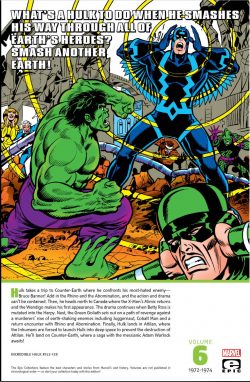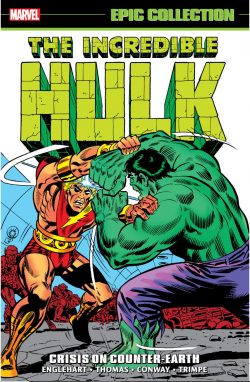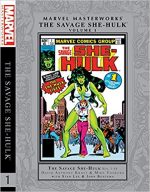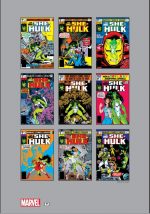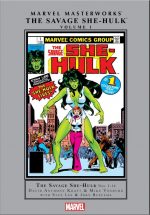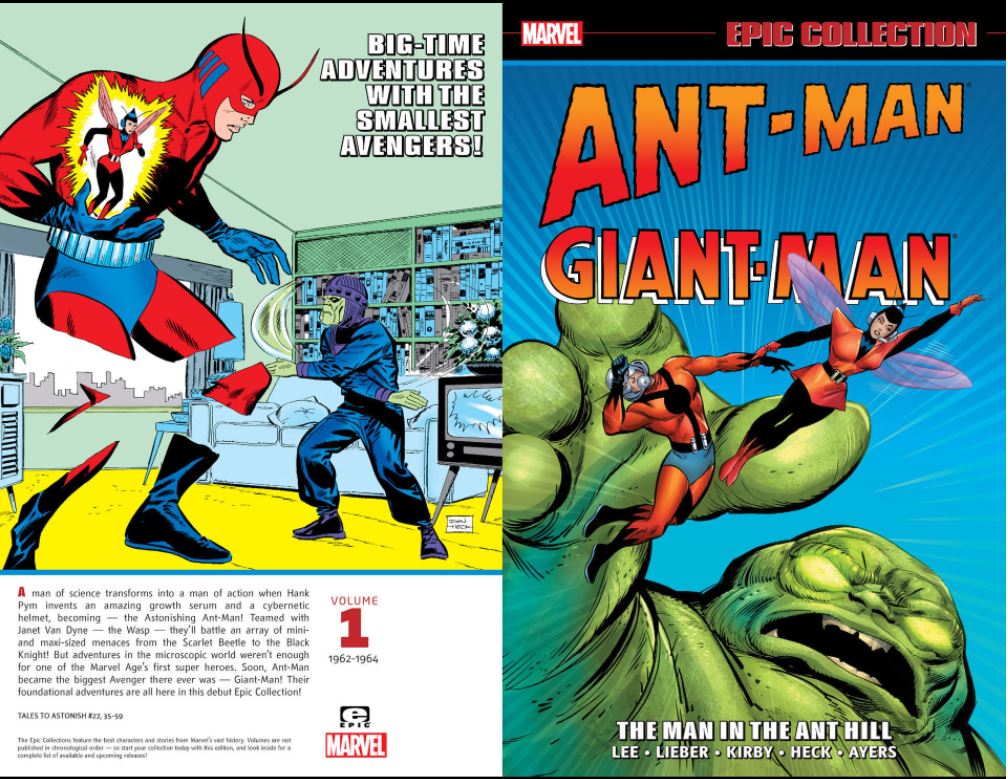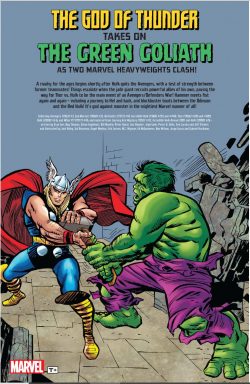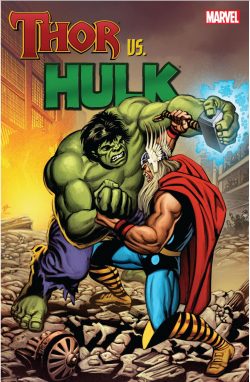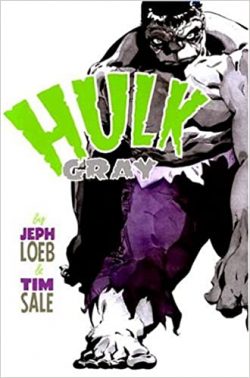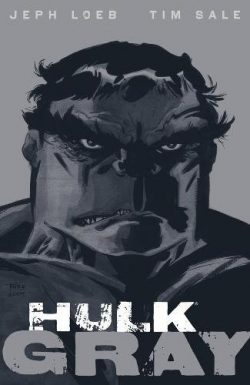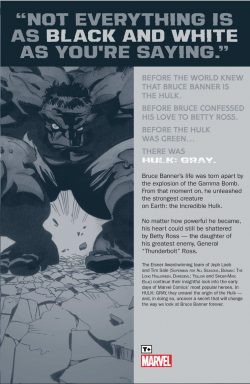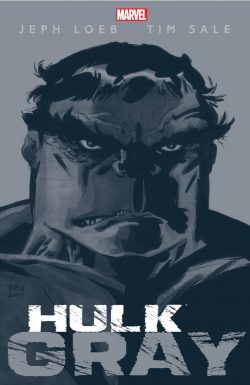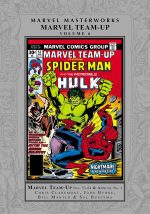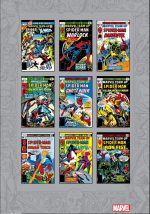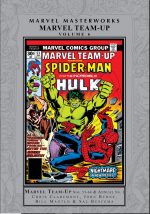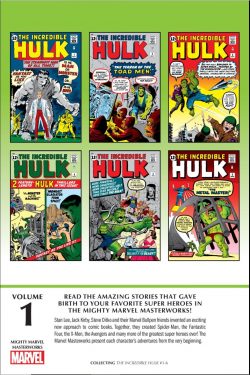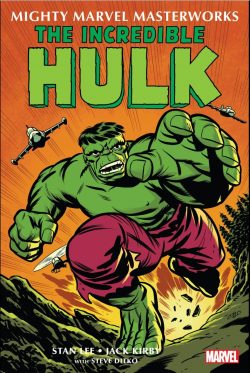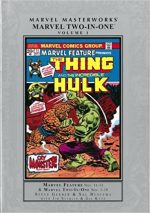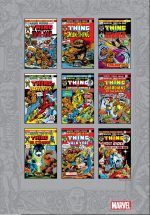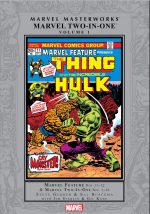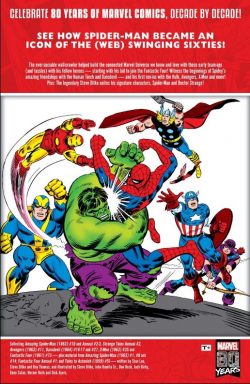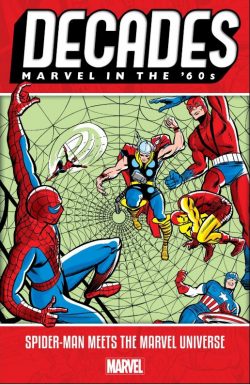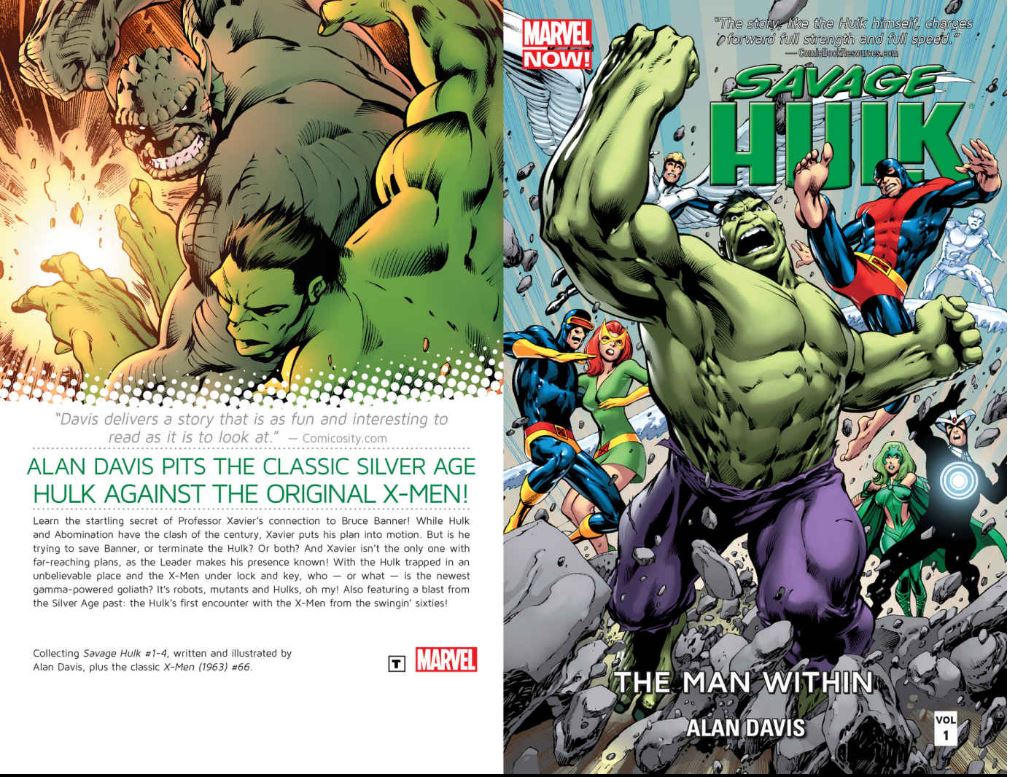
By Alan Davis, Roy Thomas, Sal Buscema, Mark Farmer, Sam Grainger & various (Marvel)
ISBN: 978-0-7851-9043-1 (TPB/Digital edition)
The Incredible Hulk is the perfect guest star: both staunch ally and ultimate enemy to any hero or team and always a figure of tragedy and barely suppressed terror. Here’s a very entertaining proof of the dictum…
In 1969, after six years of quirky, deliciously off-kilter adventures, The X-Men comic book folded: a relatively early casualty of the latest periodic, cyclic changing-of-reading-tastes, which saw the buying public again shun superhero stories in favour of traditional genres like war, westerns and, most especially, supernatural horror yarns…
Of course, once the fantasy fad receded again, the team emerged resurgent and unstoppable in 1975’s Giant-Size X-Men #1 to become an unshakable fixture of contemporary comics, TV animation and cinema culture. Nevertheless, when they first folded, a goodly number of us diehard funnybook fans couldn’t believe the loss of such outré and irreplaceable characters.
Despite their reappearance in recycled reprints, a certain magic had gone from the world back then and this mostly modern confection from Alan Davis seeks to redress that loss, albeit more than four decades later…
That final 1960s X-Men exploit was one of those weird quasi-team-ups and, as it pivotally informs the all-original 4-part tale by Davis, inker Mark Farmer & colourist Matt Hollingsworth which comprises the majority of this scintillating chronicle, the editors at Marvel have thoughtfully included it – in all its raw glory – at the back of the book.
I’m reviewing it first because that’s just the way I am…
Crafted by Roy Thomas, Sal Buscema & Sam Grainger ‘The Mutants and the Monster!’ (X-Men volume 1, #66, cover-dated March 1970), was actually the epilogue to an epic clash between the mutants and voracious alien invaders. The campaign had shockingly brought back long-believed dead Professor Charles Xavier, who then nearly killed himself for real by uniting every mind on Earth in a psychic thrust of unparalleled force to repel the already repellent Z’Nox.
The tragic aftermath was seen here: a debilitating coma caused by psychic exertion left the telepath near death, able only to convey a feeble psionic message which sent the team hunting for Bruce Banner in Nevada. Apparently, the two cerebral heavyweights had previously and secretly collaborated on a gamma-powered device which might now save and restore the fallen Xavier…
However, the harried young heroes, in their hasty attempt to save their mentor, forgot one crucial fact: when you hunt Banner what you usually end up with is an immensely irate Incredible Hulk…
The resulting destructive debacle wrecked a lot of landscape but throughout the extended brouhaha, the Hulk seemed to be subconsciously leading the titanic teens to his hidden desert lab where the prototype Gamma Stimulator was stashed.
Despite colossal carnage and inevitable US Army interference, the gadget was recovered and the Professor saved…
Flipping now to the front of the book, the main event reveals a previously undisclosed follow-up encounter published as Savage Hulk #1-4 (August-November 2014). ‘The Man Within’ opens with TV coverage of the Nevada battle being carefully scrutinised by Gamma-spawned evil super-genius The Leader. The sinister savant soon gleans a connection between the mutant warriors and their previously unsuspected boss Charles Xavier…
The Hulk meanwhile, is fending off another furious attack by the military even as – back in Westchester County – the recuperating Xavier examines the life-saving device and realises Banner had completed it to cure himself of his emerald alter ego. The benevolent mentor quickly discovers why it didn’t work on the tragic titanic transformer. It needed a telepathic trigger…
Convinced he can return the favour and finally cure Banner, guilty, grateful Professor X accompanies Cyclops, Marvel Girl, Angel, Beast, Iceman, Havok and magnetic warrior Lorna Dane to Nevada and Banner’s clandestine lab. They are all blithely unaware that The Leader has already staked the place out…
Elsewhere, the frenzied fugitive at the heart of the matter has been found by a well-meaning elderly couple whose offer of assistance leads to unbridled terror as the timid down-and-out suddenly shapeshifts into a mountain of angry green muscle…
Nearby the X-Men are ambushed by the murderous, monstrous Abomination – also hunting for the Hulk – and their titanic tussle soon intrudes on the Jade Giant’s agonised antics. The 3-way war immediately escalates as the army close in, all guns blazing, but the merely human military are swiftly driven back by the mutants, leaving Hulk to trash his gamma-powered nemesis single handed.
In the quiet aftermath, Marvel Girl uses her own still-developing telepathy to quell the victorious Hulk’s rage and manifest deeply-traumatised Bruce. Soon, the physicist confers with Xavier and prepares to be rid of his ominous other for all time, but as their salvation device is set in motion none are aware another deadly threat is nearby, awaiting the perfect moment to strike…
Shock follows shock as the procedure goes awry with the Hulk’s gamma-energy migrating to Marvel Girl, creating a bellicose female green giantess reeling with incomprehensible psionic power.
…And that’s when The Leader makes his move at the head of an army of mechanoids and a legion of the Hulk’s old foes…
Only Xavier is aware things are not entirely what they seem, and is capable of combating the true source of the threat, aided by the Hulk’s most incredible gamma transformation yet…
Also included in this splendid and explosively entertaining epistle are the original covers by Davis, Farmer, Val Staples, Matt Hollingsworth & Brad Andersen, plus Marie Severin & Grainger’s 1969 classic image.
Cleverly crafted, beautifully illustrated, riotously action-packed and stunningly suspenseful, this tale of triumph and tragedy is pure vintage Marvel Mastery, ably augmented by the original inspirational yarn ending a unique era. It offers readers young and old a magnificent chance to re-experience the glory days of the House of Ideas and must not be missed.
© 2014 Marvel Characters, Inc. All rights reserved.

